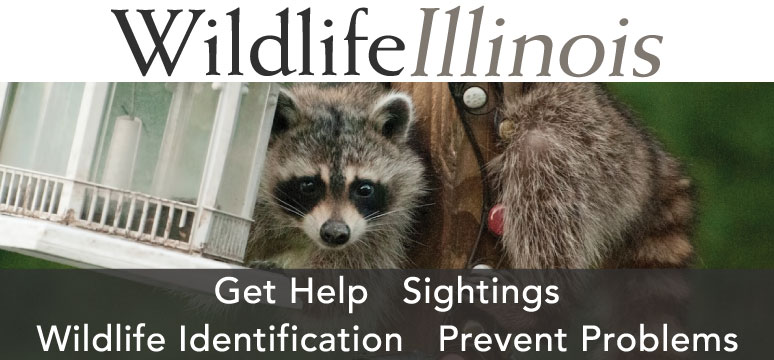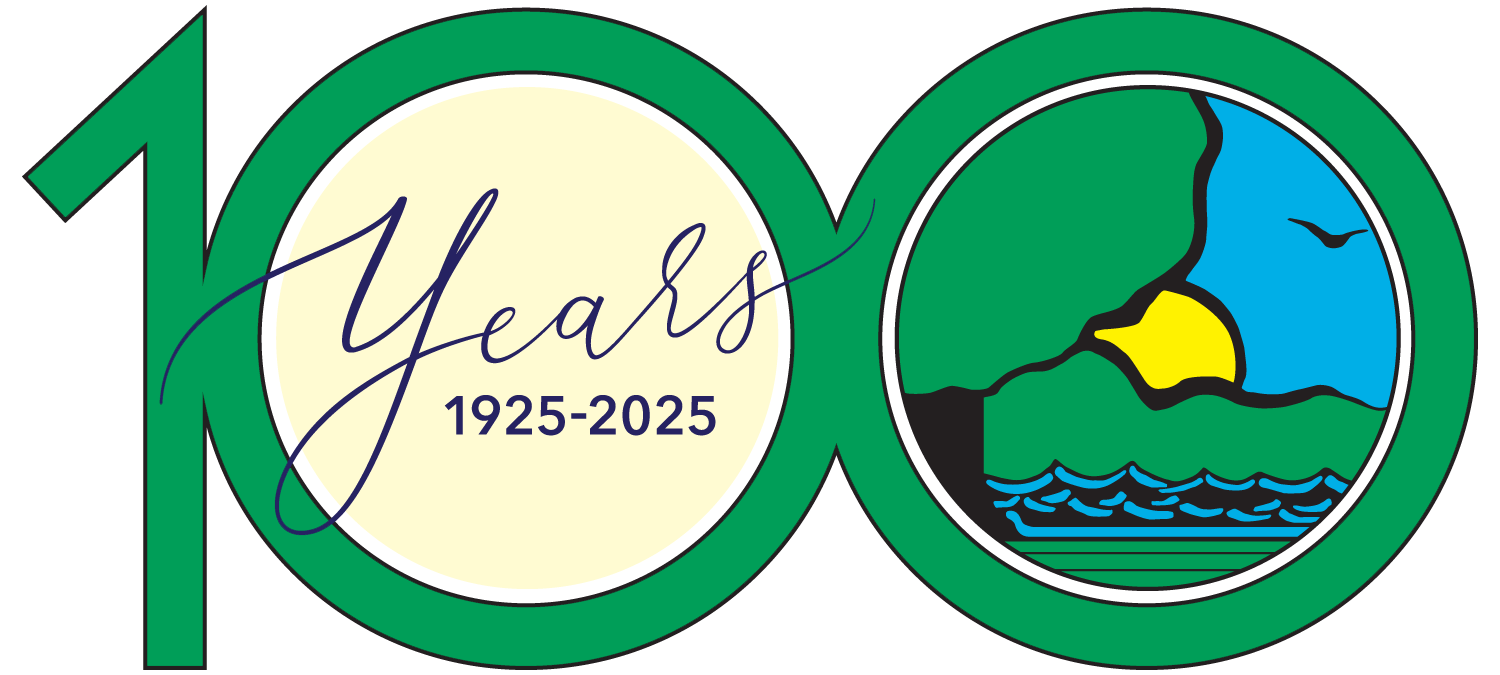
Photos by Tamima Itani.



Photos by Tamima Itani.
An African proverb, “It takes a village to raise a child,” emphasizes that the best scenario in raising young involves a communal effort, many people working together to provide a safe environment. Interestingly, that proverb is remarkably apt for what happened on Wednesday July 12, 2023 at Montrose Beach, Chicago.

Three federally endangered piping plovers (Charadrius melodus) were translocated from Pellston, Michigan to downtown Chicago by the Illinois Department of Natural Resources (IDNR). Earlier this spring in New York State viable eggs were found within a piping plover nest which had been abandoned after one of the adult birds had been killed by a merlin. Under approval from the U.S. Fish and Wildlife Service (USFWS) (the agency which administers the Endangered Species Act), the Great Lakes Piping Plovers Recovery Team rescued the eggs, incubated them, and raised the hatchlings in captivity, caring for the young birds at the Michigan Biological Station until they became flighted and ready for release into the wild.
“Captive-reared piping plovers have been annually released onto Michigan beaches, but this is the first transfer onto an Illinois beach,” commented Brad Semel, IDNR’s Endangered Species Recovery Specialist, who facilitated the release. “Just as the state endangered greater prairie chicken is the iconic bird of Illinois’ historic grasslands, so is the piping plover the icon of the dunes, beaches, and shorelines of the Great Lakes. Both birds represent Illinois’ natural heritage. Our involvement in the recovery of this endangered shorebird is of great significance.”
The three young piping plovers, which were banded before release at Montrose Beach, have been named Sea Rocket, Wild Indigo, and Prickly Pear, in honor of native plants which grow within the Montrose Beach Dunes Natural Area. At the beach, those three little plovers join Imani, an offspring of a pair of piping plovers (Monty and Rose) which nested and hatched chicks for three seasons along the Chicago shoreline. Imani represents the first time in over 55 years that a locally hatched piping plover has returned to the area.

Young piping plovers must learn to feed themselves, to avoid predators and to defend themselves, according to Armand Cann, a biologist with the USFWS. In response to Imani’s survival, Cann revealed optimism. The fact that this young male plover survived his second season means he learned what was needed for survival. That he returned to the place of his fledging may indicate that he has selected the site as a safe environment and perhaps will continue to return, find a mate and proliferate. Perhaps the three newly released chicks will also learn.
An article published in OutdoorIllinois Journal (November 22, 2020) describes an earlier undertaking that saved the lives of several piping plovers. When a discovery was made that an avian botulism outbreak was jeopardizing the health of nesting piping plovers at Cat Island in Wisconsin, the decision was made to capture them, provide health care, and start these plovers on their annual southward migration by moving them to Illinois. To ascertain the degree of the birds’ acclimation, monitoring was scheduled around the clock. Participation from volunteers, such as the ones with Share Our Shore (a partnership between the City of Waukegan and Lake County Audubon), proved invaluable.
“It’s sometimes overwhelming to realize all the moving parts involved in the recovery of piping plovers,” stated Semel. A partnership across multiple disciplines has developed. Conservation teams establish “psychological fencing” around active territories on the beach, erect protective enclosures over nests, provide long-term nest monitoring, and conduct captive rearing and banding on an annual basis. Agencies’ staff members and volunteers monitor and try to circumvent danger as the plovers forage and do what plovers do in the wild. Outreach and education also are critical components.

“A wide array of individuals with passion and dedication take on widely varied roles, often working behind the scenes, each small achievement being integral.” added Semel. About the work of the Great Lakes Piping Plovers Recovery Team, a February 7, 2023 article in a National Audubon Society publication reported, “Together, these recovery efforts have contributed to largely positive population growth from less than 15 pairs in the 1980s to the 72 pairs this summer (2022).”
For the newly released youngsters at Montrose Beach, the “village,” or the community, is on the ball. “I am sure everyone will feel very proud that our community has been recognized as caring and welcoming to this endangered species and will be supportive of our efforts to care for these chicks and keep them as safe as possible,” said Tamima Itani, who is Chicago Piping Plovers organization’s lead volunteer coordinator and who has been affectionately dubbed “Plover Mother.”
Chicago Piping Plovers is a collaboration between the Chicago Audubon Society, Chicago Ornithological Society and the Illinois Ornithological Society.
People in Chicago have been giving piping plovers space to rest during migration and have been keeping dogs off beaches especially during the plovers’ nesting season. As people carry trash off the beach, the shoreline habitat is improved. Undeniable is the urge to get up close and observe these energetic shorebirds as they forage (run, pause, run, peck; or shuffle, peck, finding food along the beach); and any photographer is tempted to try for a detailed image of these small birds in sand-colored plumage. But, people have been respectful, especially of the newly released young piping plovers, giving the birds space by maintaining at least a football field length away from them.
For years, Patty Gillespie shared her enthusiasm for language and nature and got paid for it at a public school and at a nature center. Now she plays outdoors as often as she can and writes for the sheer joy of it.
For years, Patty Gillespie shared her enthusiasm for language and nature and got paid for it at a public school and at a nature center. Now she plays outdoors as often as she can and writes for the sheer joy of it.
Submit a question for the author